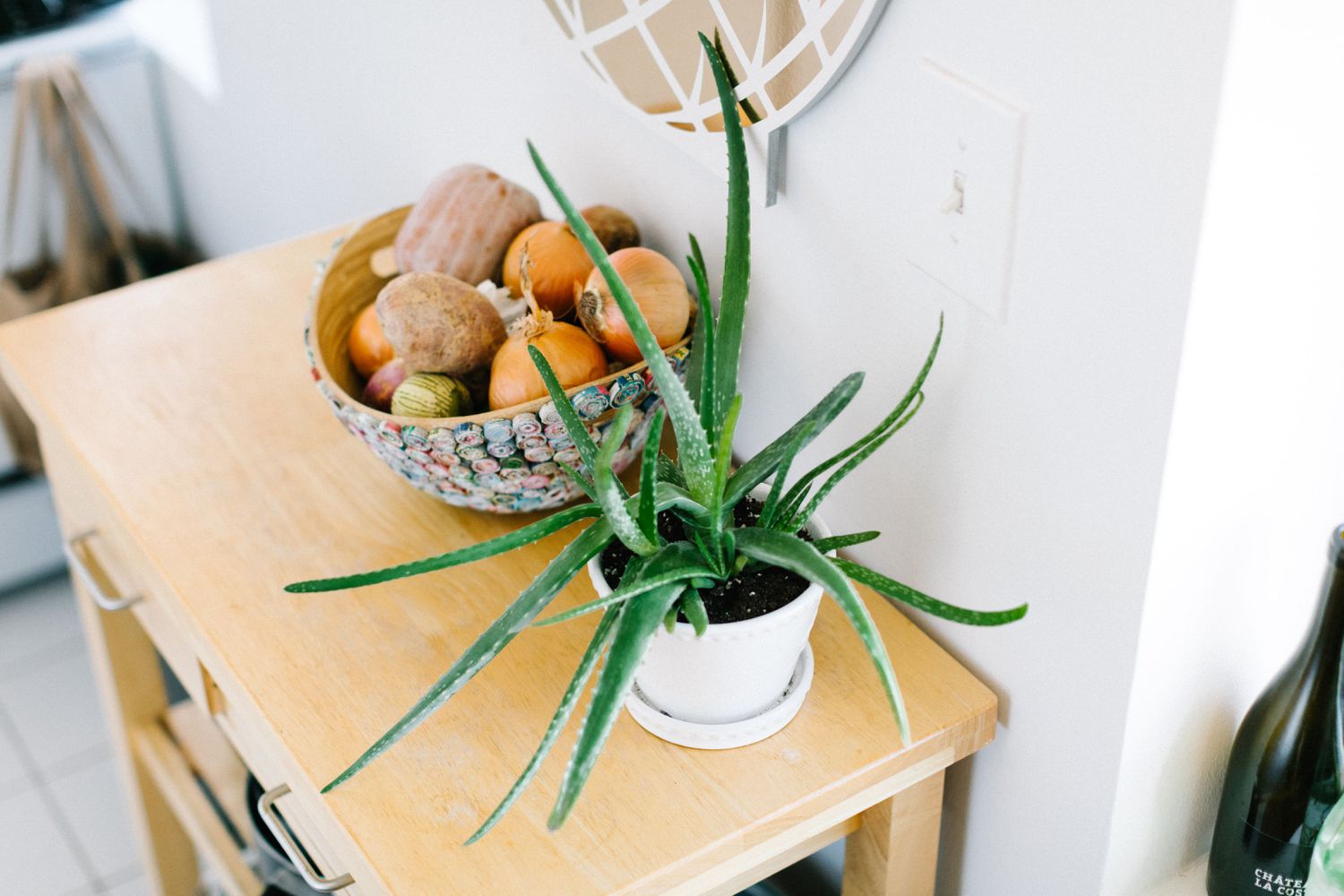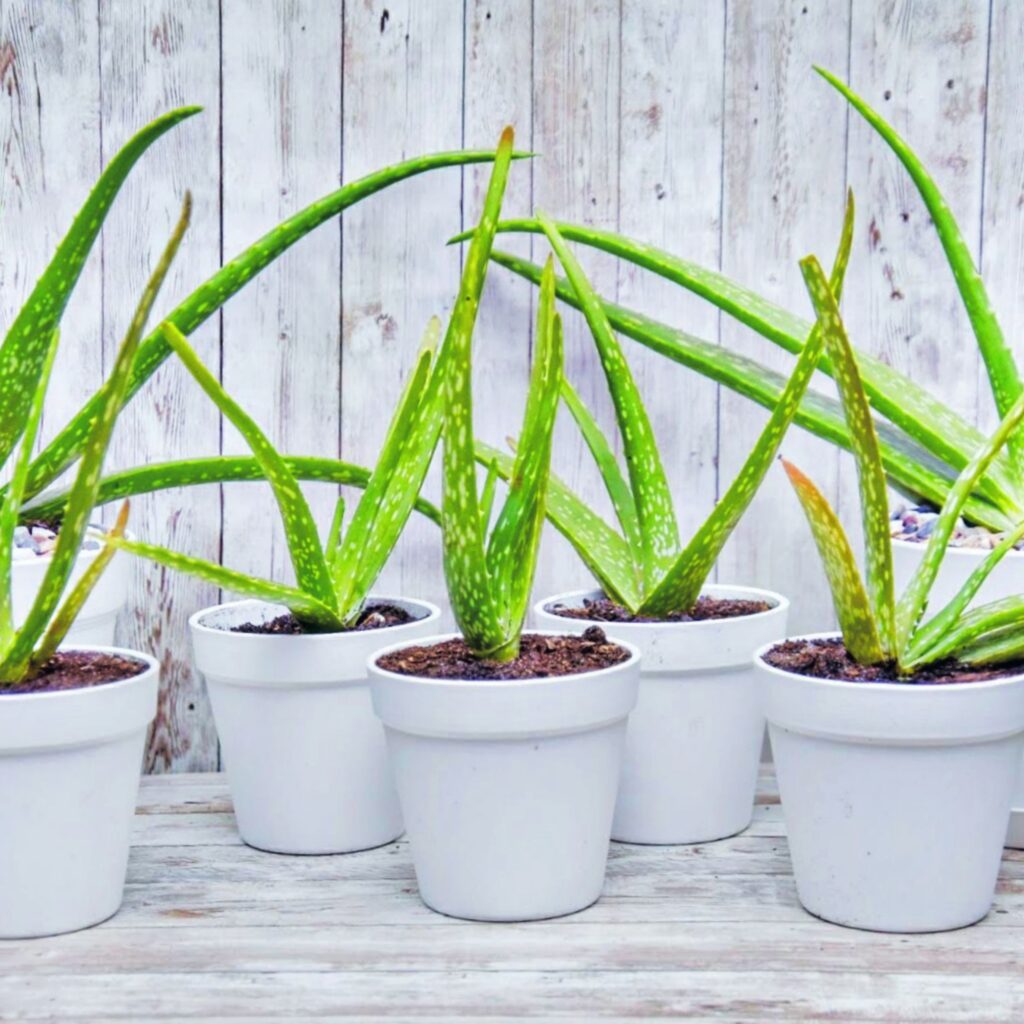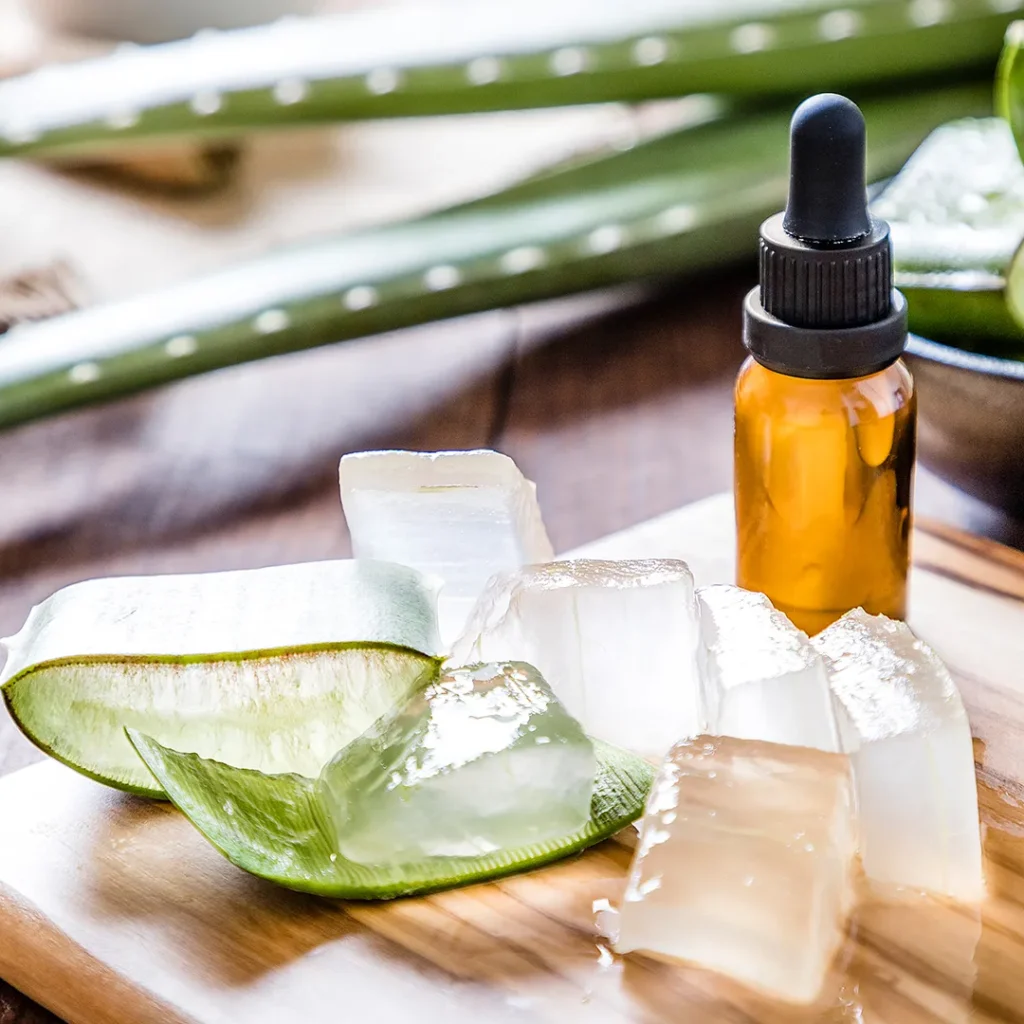Aloe vera is one of the most popular and rewarding plants you can grow, known for its soothing, medicinal gel and striking succulent appearance. Whether you’re tending a thriving windowsill collection or cultivating a wellness garden, learning how to properly replant your aloe vera ensures it continues to grow beautifully and stay healthy for years to come.
In this detailed guide, we’ll walk you through when, why, and how to replant an aloe plant with step-by-step instructions, care tips, and expert advice. If your aloe looks cramped, top-heavy, or its pot is packed with baby offshoots (called “pups”), it’s time for a fresh start.

Why Replant an Aloe Plant?
Replanting your aloe isn’t just about aesthetics — it’s vital for plant health and growth. Here’s why you might need to do it:
- Outgrown its pot: Aloe roots can become cramped in small containers, leading to poor drainage and stunted growth.
- Baby offshoots (pups): Aloe naturally produces pups that crowd the base and compete for nutrients.
- Poor soil quality: Over time, soil can break down and lose nutrients or drainage ability.
- Rot prevention: If the aloe has been overwatered, replanting in fresh, dry soil can save it.
- Top-heavy growth: Mature aloe plants can get heavy and unstable in undersized pots.
Regular replanting every 1-2 years keeps your aloe plant thriving, providing fresh soil and room to grow.

When Is the Best Time to Replant Aloe Vera?
The ideal time to replant aloe vera is during its active growing season, typically in spring or early summer. During this period, the plant is actively producing new roots and leaves, making it more resilient to transplant stress.
Avoid replanting during winter or fall, as the plant’s growth slows, and it may struggle to establish itself in a new environment.

What You’ll Need
Before you start, gather these essential tools and supplies:
- Aloe vera plant
- New pot with drainage holes (one size larger than the current pot)
- Well-draining succulent or cactus potting mix
- Small garden spade or spoon
- Gloves (optional for those sensitive to aloe sap)
- Sharp scissors or pruning shears (sterilized)
- Pebbles or small stones (optional for improved drainage)
- Rooting hormone (optional for pups)

How to Replant an Aloe Plant: Step-by-Step
Follow these simple, foolproof steps to safely replant your aloe and keep your healing garden growing strong.
Prepare the New Pot
Choose a terracotta, clay, or ceramic pot with good drainage holes, as aloe plants dislike sitting in water. If your chosen pot doesn’t have holes, drill a few or use it as a decorative outer container with a drainable nursery pot inside.
Optional: Add a thin layer of small stones or pebbles at the bottom for extra drainage.
Choose the Right Soil
Aloe plants need well-draining, sandy soil to prevent root rot. Use a high-quality succulent or cactus potting mix or make your own by combining:
- 2 parts potting soil
- 1 part perlite or coarse sand
- 1 part pumice or small gravel
Avoid using standard garden soil — it retains too much moisture and can suffocate the roots.
Remove the Aloe from Its Current Pot
Gently tip the aloe plant sideways, holding it at the base. Lightly squeeze or tap the sides of the pot to loosen the soil. Carefully pull the plant out, supporting the base of the leaves.
If the plant resists, use a small spade or butter knife to loosen the soil around the edges.
Inspect and Clean the Roots
Once the plant is out, inspect the roots for:
- Healthy roots: White, firm, and spreading
- Rotten roots: Brown, mushy, or foul-smelling (trim these with sterilized scissors)
- Crowded roots: Gently separate if tightly bound
If the roots are damp, let them air dry for a few hours before replanting to reduce the risk of rot.
Separate Baby Pups (Optional)
If your aloe has produced pups (small offshoots growing at the base), now’s the perfect time to separate them and grow new plants.
How to do it:
- Gently pull pups away from the mother plant.
- Ensure each pup has some roots attached.
- If roots are minimal, let the pup callous over for a day or two before planting.
- Dip the base in rooting hormone (optional) to encourage healthy growth.
Plant the Aloe in Fresh Soil
Fill the new pot halfway with your succulent soil mix. Position the aloe plant so the base of its lowest leaves sits just above the soil line.
Fill around the plant with more soil, gently patting it down to secure the plant but not compacting it too tightly.
Tip: Leave about an inch of space between the soil surface and the rim of the pot for easy watering.
Water Sparingly
After replanting, wait 3-5 days before watering to allow any damaged roots to heal and reduce the risk of rot. Aloe plants prefer to be on the dry side.
Once settled, water the plant thoroughly, letting excess water drain from the bottom.
How to Care for Your Replanted Aloe Vera
To keep your aloe healthy and thriving after replanting, follow these care tips:
- Sunlight: Place in bright, indirect sunlight or partial direct sunlight.
- Watering: Water deeply but infrequently. Let the soil dry out completely between waterings.
- Temperature: Prefers 60°F to 80°F (15°C to 27°C)
- Fertilizer: Use a diluted succulent fertilizer once a month during the growing season.
- Pruning: Remove dead or damaged leaves by cutting at the base with sterilized scissors.
Common Replanting Mistakes to Avoid
- Overwatering after replanting: Leads to root rot. Wait a few days before watering.
- Using poorly draining soil: Traps moisture and suffocates roots.
- Potting too deeply: Burying leaves encourages rot.
- Replanting in winter: Slows recovery and increases stress.
Final Thoughts
Aloe vera is a hardy, healing plant that’s both beautiful and beneficial, and learning how to replant it properly ensures it stays healthy for years to come. By choosing the right pot, soil, and care routine, you’ll keep your aloe thriving and your home filled with lush, medicinal greenery.
Whether you’re repotting a large aloe that’s outgrown its home or separating baby pups to expand your collection, these steps will help you successfully replant your aloe plant and keep your healing garden growing strong.





Leave A Comment